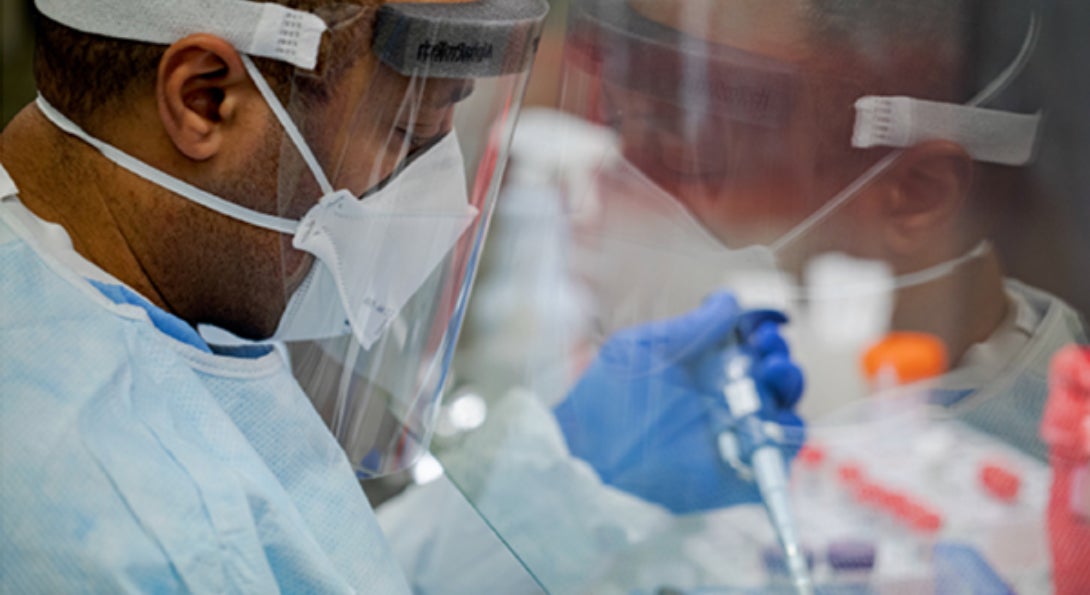New Study Examines Healthcare Workforce Burnout

Story text

The COVID-19 pandemic has unleashed unprecedented stress on healthcare workforces around the world. The iconic images of nurses confronting people protesting shelter-in-place orders is only a microcosm of the challenges the healthcare workforce suddenly faces.
SPH’s Heng Wang, PhD, clinical assistant professor of biostatistics at the University of Illinois Chicago (UIC) School of Public Health, has co-authored a new study examining burnout among healthcare workers around the world. Examining more than 2,700 survey respondents from 60 nations, about half of workers indicated they had experienced burnout, whereas a normal rate of feeling burnout among healthcare workers was about 40% before the pandemic. The article has been submitted to the journal PLOS One.
“The critical situation of pandemic often requires healthcare workers to make decisions on which patients to rescue first who will live and who will die,” Wang said. “That decision alone is making them feel burnout.”
The study identified key areas increasing the likelihood of burnout. Not surprisingly, access to adequate levels of personal protective equipment (PPE) was a driver of burnout, a challenge particularly notable in the U.S. A lack of adequate training is another factor, as healthcare workers take on new and rapidly changing tasks. Home life has changed drastically, with healthcare workers spending more time at work with less time to take care of family and household needs. At the extreme, some healthcare workers are completely self-isolating from their families.
Perhaps paradoxically, burnout among healthcare workers is more expansive in high-income nations than in lower- and middle-income countries. Wang says this discrepancy is driven by the presence of major hub cities in higher-income nations, with significant travel, human traffic and expansive activities that have driven the rapid spread of the virus.
The timeframe of the pandemic also impacts the extent of burnout. During the study period (April 6 – 16), infections in the U.S. were on the rise, whereas Italy had passed its peak. Wang and co-authors believe at least some of the differences in responses between healthcare workers in these two nations can be attributed to the pace of infections. Likewise, a nation’s overall strategies to combatting the virus seems to affect burnout. For example, Sweden’s government has encouraged an approach to obtain herd immunity, a decision which has not overburdened the nation’s healthcare system to date. Thus far, healthcare workers are reporting lower levels of burnout than in the United States.
Story text, continued.
Now that we actually understand what factors affect burnout, we want to learn from this experience. We need to provide healthcare professionals more support, resources and more adequate training.
| Clinical assistant professor of biostatistics
Story text, continued.
Mental health supports in particular are lacking, healthcare professionals reported, a particularly glaring need with healthcare professionals forced to make life and death decisions far more routinely than ever. Wang says healthcare institutions and governmental stakeholders should make mental health support a priority, not just for healthcare professionals but for their families as well.
Wang aims to follow up on this study with looking at burnout at a new juncture in time in the global pandemic to compare results with the April study.